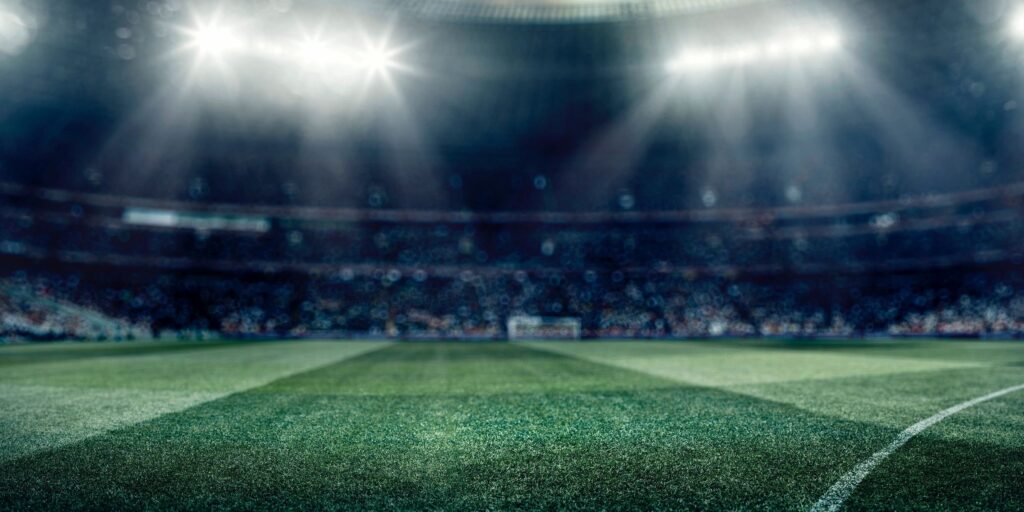
You’re on our turf: A sports phenomenon
David Washington, Contributing Writer
Artificial Turf has been taking over the sports community since its creation. More recently it has started being used in neighborhood yards. The reason it has grown in popularity is simply because of its looks and the savings over time.
The first type of turf was made in 1965 by a company called Monsanto Industries. It was first used in the Astrodome which was played on by the Houston Astros. The original Astroturf was not well received; athletes complained about its hard surface, carpet burns and overall feel of it.
The Astroturf had no infill; the infill softens the impact on the turf. So essentially the Astroturf was basically just carpet.
Over time other company came up with designs for different types of turf and came up with the use of infills, leading to us having three main types today.
The first type of turf is Nylon, which was used in the original Astroturf. It’s not as popular today as it once was but it is used as reinforcement and stability in other types of grass.
The next type of turf is Polypropylene which is a plan- based chemical which many think is the best to use to for artificial turf. This turf is much softer and similar to real grass and was the first turf to be used in neighborhoods.
The third type of turf is the Polyethylene which was created early in the 2000’s. This turf is the closest thing you will get to real grass but is very expensive. It looks and feels like grass and is perfect for all types of activities, especially when it comes to landscaping.
One reason sports turf is becoming more common in sport is the fact that turf causes athletes to feel lighter. Which ultimately leads to them being faster.
A study showed that in the pro agility shuffle athletes had faster times on turf compared to grass. But even though athletes feel faster and it’s less cost expensive there is a major negative to artificial turf in sports.
In a study done by the NFLPA, players have a 28% higher chance of non-contact lower body injury. Players have a 32% higher chance of a knee injury and a 69% high chance of ankle or foot injuries on turf. This is because turf has a harder impact on ligaments and joints compared to grass.
Athletes have started to complain about turf and some even want their sports to stop using it completely.
Nick Bosa defensive lineman for the 49ers said, “I really think FieldTurf is a problem in the NFL. ”This was after he and a teammate both tore their ACLs on turf in the same game the previous year.
Women’s soccer legend Abby Wambach said in an interview, “It’s kind of a nightmare, it affects everything .”
Because of the outcry of their athletes most major European Soccer leagues have stayed away from turf fields and only play on grass. But in the Americas MLS they still use turf which is disliked by the players who come over here from those leagues.
The major reason Turf is still in use today is because it is cost friendly and resilient. Turf is low maintenance, environmentally friendly and it can withstand weather extremes. Turf can withstand a rainy game and it eliminates the factor of mud, lowering the chancre of injury.
Against all the outcry turf has evolved and became very popular forcing athletes to adjust to it. So is turf the way to go or not the way to go?
You have covered the idea of turf very broadly. Where is the news here? Is there anything new about turf that you didn’t just get off the Internet? You also need some original reporting. That means you need to interview someone. Find someone who has played on turf or coached players on turf and get their opinion.
